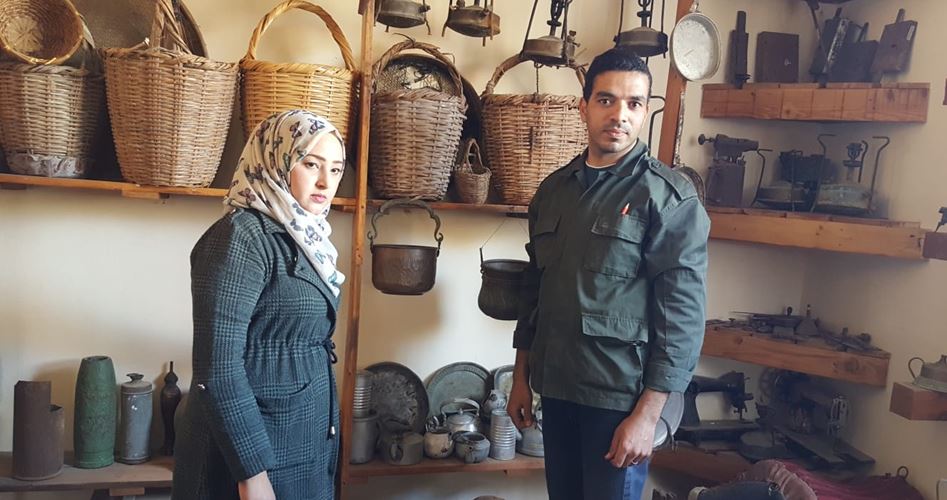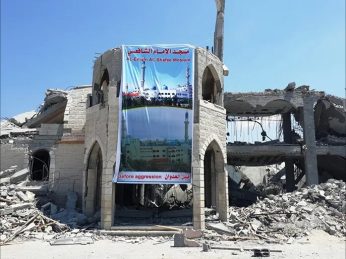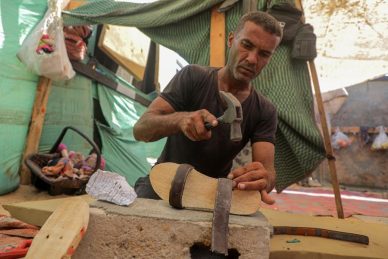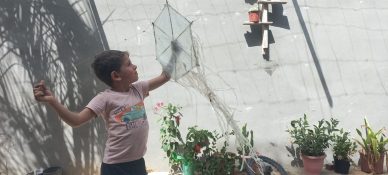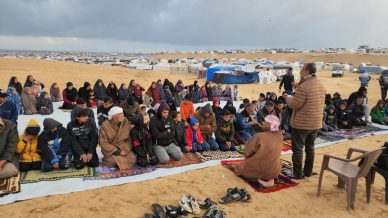From Al-Qarara area east of Khan Younis in the southern Gaza Strip which is witness to the history of many civilizations that have passed through Palestine the Palestinian couple Mohammed and Najla built their own museum of archaeological artifacts and acquisitions.
In an abandoned archaeological house the plastic artists Mohammed Abu Lahiya and his wife Najla Abu Nahla were successful to establish Al-Qarara Cultural Museum after collecting a large number of artifacts representing ancient civilizations such as the Roman and the Byzantine civilizations.
For two years with the help of the residents of the neighborhood and people who live in the area of Al-Qarara and along with the help of a number of young people came the establishment of the museum that the two partners share interest in and responsibility for.
According to Abu Lahiya about 90% of the artifacts in the museum were collected from the residents of Al-Qarara area because the area contains many historical treasures which speak of the great civilizations that inhabited Palestine and its land.
He explained that the idea of the museum came to preserve the ancient artifacts from theft especially in light of the Israeli occupation’s attempt to falsify and distort history.
Among the most prominent monuments they collected were crowns basins and arches dating back to the Roman and Byzantine periods as well as ancient Palestinian artifacts. The museum is in need of specialists in history and archaeology to help in managing it.
Mohammed and his wife Najla have a BA in the fine arts pointing out that their passion for collecting rare and archaeological artifacts is what prompted them to build the museum where they collected old pieces and Roman and Byzantine antiquities dating hundreds of years ago.
In the courtyard of the old house marble columns dating back to the Byzantine era are planted in the sand next to a millstone forming a magnificent painting that dates thousands of years ago.
Inside the museum the smell of history is felt; plows and irons working on burning coal strings of horses brass scales embroidered women Thobes and millstones used to grind wheat and food preserves are lined.
Abu Lahiya notes that the completion of the museum took many days of meticulous planning reflection and discussion about the simplest detail to have it in a way that dazzles visitors.
“My husband and I are trying to market our project by building relationships with the public and archaeologists” says Najla.
The museum is not only a collection of artifacts and heritage but it also represents the revival of Palestinian national symbols supporting cultural activities and welcoming all segments of the society to benefit from the museum’s techniques.
Najla pointed out that the museum contains more than 3000 different archaeological and heritage pieces dating back to the old times including the Roman Byzantine British and Islamic eras.

